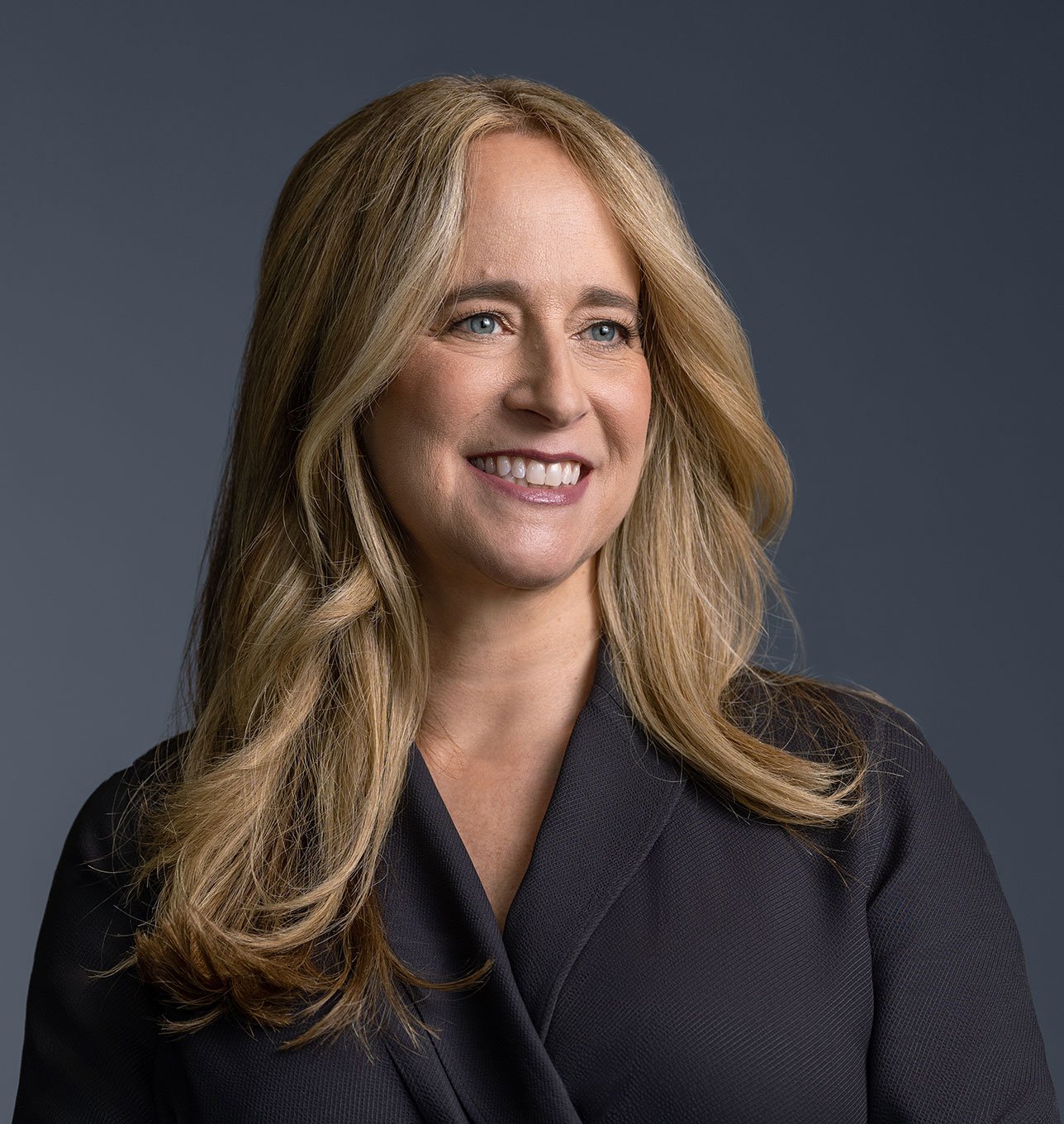Credit-Linked Note FAQs from Federal Reserve are One Step Forward for US Banks
Late last month, the staff of the Board of Governors of the Federal Reserve System (“Federal Reserve”) issued responses to frequently asked questions regarding the treatment of credit-linked notes (“CLNs”) under Regulation Q (“FAQs”).1 The FAQs provide important clarity on how Federal Reserve-regulated banking organizations may use CLNs to transfer credit risk through synthetic securitization and recognize capital relief, potentially moving the US position (and the related opportunity) closer to that in other jurisdictions, including Europe. However, the process established by the FAQs falls short of being the comprehensive and long-term solution that many stakeholders were hoping for.
In this Legal Update we discuss what CLNs are, how they are used, and what the FAQs mean for US banking organizations.
Background
Since the 1980s, US banking organizations have been required to comply with regulatory capital requirements.2 Under current regulatory capital requirements, US banking organizations must satisfy certain minimum capital to risk-weighted asset (“RWA”) ratios (the “risk-based capital ratios”) and capital to total assets ratios (the “leverage ratios”).3
A significant portion of RWAs represent a banking organization’s risk-adjusted exposure to credit risk (i.e., the potential that a borrower or counterparty will fail to meet its obligations in accordance with agreed terms).4 In this instance, RWAs tend to be based on an asset’s carrying value, as determined in accordance with generally accepted accounting principles.
The regulatory capital requirements recognize that the securitization process may reduce a banking organization’s risk-adjusted exposure to the credit risk of an asset.5 This is because securitization stratifies the credit risk of an asset into tranches that reflect different levels of seniority. Senior securitization exposures are expected to present less credit risk because a holder of a senior interest will receive all that they are owed, unless credit losses exceed the amount absorbed by the junior securitization exposures.
There are effectively two types of securitizations recognized under the regulatory capital requirements: (i) traditional securitizations, which require the underlying assets to be held off balance sheet, and (ii) synthetic securitizations, which require a portion of the credit risk of the underlying assets to be transferred using one or more credit derivatives or guarantees (i.e., synthetically).
FAQs
In an effort to increase transparency and enhance accessibility to legal interpretations, the Federal Reserve began publishing responses to frequently asked questions in March 2021.6
Many banking organizations have sought to use synthetic securitization to transfer credit risk and to reduce the amount of RWAs against which they must hold capital. This is because synthetic securitization allows the banking organization to retain the entire asset on its balance sheet and avoid realizing a loss on sale of the asset or foregoing the revenue stream provided by the interest-generating assets. In Europe and other jurisdictions, synthetic securitizations are common, with over $189 billion worth of synthetic securitizations being completed in Europe in 2023.7 However, only a few synthetic securitizations which include capital relief have been executed in the United States in recent years.
The absence of synthetic securitizations in the US market has been driven by a few factors. Most notable among these has been a lack of regulatory guidance and slow responses to requests from banking organizations.
A synthetic securitization may take many forms, as long as certain requirements are satisfied. Among the more significant requirements are that the synthetic securitization must (i) include a credit derivative or guarantee, and (ii) use financial collateral, an eligible guarantee, or an eligible credit derivative as the credit risk mitigant.8 For a variety of reasons, much of the US market has sought to rely on financial collateral (i.e., cash) as the credit risk mitigant, including the possibility of a 0% risk weight for at least a portion of the reference assets.
To satisfy the criteria to use financial collateral as a credit risk mitigant, a banking organization will commonly issue CLNs to investors for cash, where the principal amount due on the CLNs is reduced if there are losses on a reference pool of assets. As noted in the FAQs, in some CLNs, the banking organization transfers the risk of the reference portfolio of assets to a special purpose vehicle (“SPV”) using a guarantee or credit derivative; the SPV then issues CLNs to investors in exchange for cash; and the banking organization finally holds the cash proceeds of the CLNs as collateral, supporting the SPV’s performance on the guarantee or credit derivative. These are known as “SPV CLNs." This structure was the most common structure used by banking organizations for synthetic securitization prior to the passage of the Dodd-Frank Act and is the structure currently used by Fannie Mae and Freddie Mac for risk transfers relating to their mortgage portfolios. However, although the structure has been accepted as a way to transfer credit risk and obtain capital relief in the United States, there are a number of tax and regulatory complexities inherent in the SPV structure.
The other type of CLN, a “Direct CLN,” involves the banking organization directly issuing CLNs that reference assets on its balance sheet. The FAQs indicate that Federal Reserve staff is concerned that Direct CLNs do not satisfy the regulatory capital requirements for two reasons.
First, a synthetic securitization must include a guarantee or credit derivative, and—in the case of a credit derivative—the derivative must be executed under standard industry credit derivative documentation. Direct CLNs frequently reference—but are not executed under—standard industry credit derivative documentation. Second, financial collateral implies the existence of a security interest in some form of collateral, and the Federal Reserve staff believe that the cash purchase consideration for Direct CLNs is property owned by the note issuer, not property in which the note issuer has a collateral interest. Therefore, Federal Reserve-regulated institutions arguably would not automatically be able to recognize such transactions as synthetic securitizations under the regulatory capital rules.
In the FAQs, the Federal Reserve staff effectively put into writing the views that many believe they have been communicating informally to banking organizations for the last several years. The FAQs indicate that notwithstanding these concerns, Federal Reserve staff recognize that Direct CLNs can be an effective way to transfer credit risk. Therefore, the FAQs establish a process through which a banking organization may request that staff exercise their authority to assign a different RWA to the underlying assets (known as a “reservation of authority”). If granted, these approvals may contain limitations or conditions and may not be relied upon by other banking organizations.
The day after the issuance of the FAQs, the Federal Reserve announced that it had approved a request by a banking organization to treat a CLN and certain substantially identical CLNs as synthetic securitizations.9 It is not clear if this approval included any limitations or conditions on its use by that banking organization.
Conclusion
The FAQs are a step forward for banking organizations, who now have both greater legal certainty around the effectiveness of SPV CLNs and a path forward for obtaining certainty on the effectiveness of specific Direct CLNs. This should allow many larger US banking organizations to move forward with synthetic securitizations.
On the other hand, the process created in the FAQs maintains a nonpublic “Delphic” approach that can be can be burdensome and time-consuming for the requester and Federal Reserve staff.10 The FAQs do not indicate how quickly requests will be reviewed and approved, nor do they indicate the types of limitations or conditions that may be applied. For example, one recent press report indicates that staff have placed a limit of $20 billion on the amount of assets that a banking organization may securitize through Direct CLNs.11 It is unknown if these limitations and conditions will change over time or may vary based on other, subjective factors (e.g., examiner opinion of a banking organization).
Additionally, the FAQs apply only to Federal Reserve-regulated banking organizations. Banking organizations regulated by the Office of the Comptroller of the Currency (“OCC”) or Federal Deposit Insurance Corporation (“FDIC”) often are regulated by the Federal Reserve at the holding company-level, but the OCC and FDIC retain control of the reservation of authority process for their banking organizations. While it is unlikely that the OCC or FDIC would prohibit a banking organization from recognizing capital relief that has been approved by Federal Reserve staff under the FAQs, the lack of interagency coordination further shows why one-off approvals are an inferior process.
Given that the banking regulators are currently revising the regulatory capital requirements, one might see this as a golden opportunity to comprehensively address synthetic securitization.12 FDIC Director Jonathan McKernan noted this omission in his comments on the capital proposal, and asked for public comment on whether and how the banking regulators should clarify the treatment of CLNs.13 We expect that many securitization market participants will comment on this point and encourage the adoption of a uniform approach that does not require constant supplication to regulators.
1 Federal Reserve, Frequently Asked Questions about Regulation Q (Sept. 28, 2023), https://www.federalreserve.gov/supervisionreg/legalinterpretations/reg-q-frequently-asked-questions.htm.
2 See 54 Fed. Reg. 4209 (Jan. 27, 1989); see also Joseph Haubrich, A Brief History of Bank Capital Requirements in the United States, Federal Reserve Bank of Cleveland (Feb. 28, 2020).
3 12 C.F.R. §§ 3.10(a), 217.10(a), 324.10(a).
4 Basel Committee, Principles for the Management of Credit Risk (Sept. 27, 2000).
5 12 C.F.R. §§ 3.41, 217.41, 324.41.
6 Please see our Legal Update on the initial release of guidance.
7 Kunyi Yang, US Banks Ready to Unlock CRT Market After Regulatory Clarity, GlobalCapital Securitization (Oct. 12, 2023).
8 12 C.F.R. §§ 3.2, 3.41(b)(1), 217.2, 217.41(b)(1), 324.2, 324.41(b)(1).
9 Federal Reserve, H.2 Actions, No. 39 (Sept. 30, 2023).
10 See Randal Quarles, Early Observations on Improving the Effectiveness of Post-Crisis Regulation (Jan. 19, 2018).
11 Kunyi Yang, US Banks Ready to Unlock CRT Market After Regulatory Clarity, GlobalCapital Securitization (Oct. 12, 2023).
12 See our recent Legal Update on the proposal.









